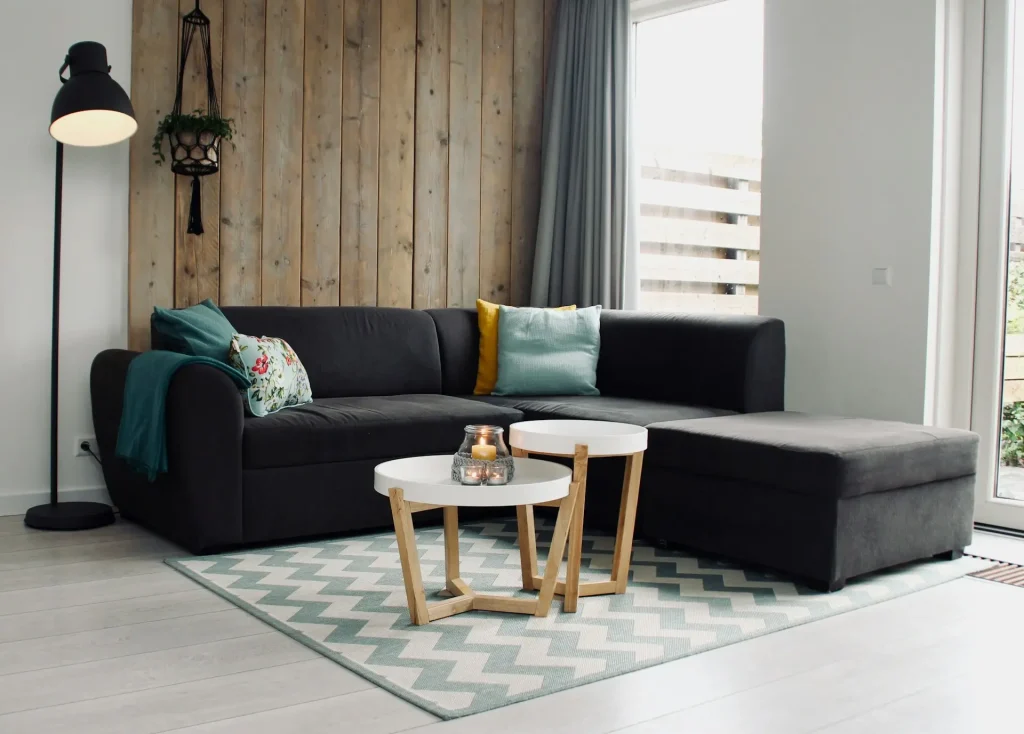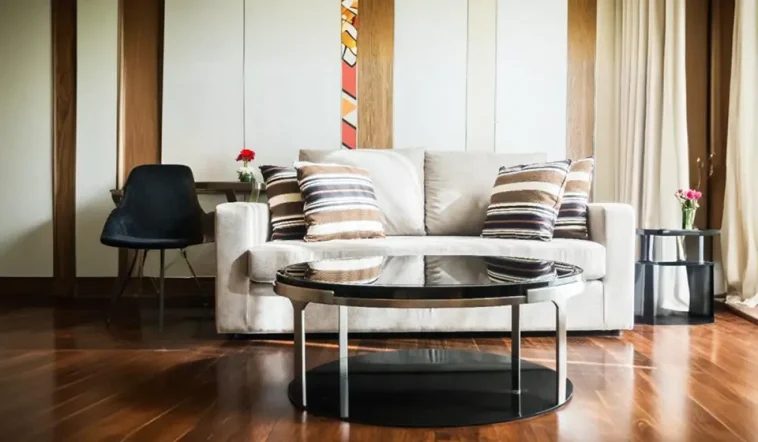“What shade speaks to your soul?” While this age-old question about colour preference might seem like the starting point for a room makeover, we might want to put the palette before the plan. Is it the right way to decide the paint first before creating or designing any layout?
However, according to designers, there’s a more effective order to follow when decorating a room and choosing colour may not be the most strategic approach. Continue reading to discover which steps should be prioritised early in your design process and which decisions can be comfortably left for the final stages of your project.
Lighting: The Unsung Hero of Room Décor
In any design plan, it is rather strange that people pay little attention to lighting, even though it is an important factor. Architects and designers always understand that the right lighting strategy can work wonders and transform a room from a warm one to a brightly lit one or even a dramatic one. Architects and interior designers conform different types of lighting in order to achieve a particular visual and practical phenomenon. Overhead, task, and accent lighting are employed so that the room is both adequately illuminated and properly designed.
Accessorise with Intention: Less is More
Accents therefore provide the finishing coup de grace to furniture and colour in a room. Adding accessories is always a question of moderation—a designer seeks not to over-embellish the interior.
Artwork: No matter if it is photo frames, paintings, or sculptures, artwork brings life to your walls. Choose the harmony; the items must adhere to a theme, colour, or style and variety in sizes and orientation.
Plants: Flowers are the best allies of a designer wanting to bring additional hues and new life into a room. They round the angles and bring natural features into households and offices. They do not have to be grand like a real tree; they could just be a small guy like a succulent or potted fern that gives the room warmth.
Books, Candles, and Trinkets: Ornaments are a fine way to complete the room and give it character where needed. Place your old favourite books, pretty candles, and some travel mementoes, but remember to de-clutter and keep things minimal.

Identify the Real Hero of Your Room
Start designing each space with an item that holds special meaning for you. This could be anything from a statement piece like a sofa set for your living room to a collection of artwork you’d like to showcase, or even a textile souvenir you picked up on vacation years ago. The key is to create an environment that authentically represents your decor aesthetically and supports it functionally.
Make a Space Plan
Planning your room’s layout is a crucial first step that informs all subsequent decisions. According to the designers, “a well-thought-out floor plan that addresses seating capacity, appropriate furniture placement, and smooth traffic flow will guide other choices, such as the size of your area rug.”
For those comfortable with technology, several user-friendly digital tools can assist in creating a layout. If you prefer a more hands-on approach, try this technique favoured by professionals:
Use blue painter’s tape to outline furniture dimensions on the floor. This method provides the right way to visualise how different pieces interact within the space.
Engage Form and Scale
Experiment with diverse heights and shapes to infuse visual intrigue when designing any area. Consider these ideas:
- Entryway Elegance: Position a sleek rectangular console table against a wall. Complement it with a tall, eye-catching vase nearby and crown the arrangement with a circular mirror above.
- Functional Foyer: Place a compact stool near the entrance, then install wall hooks at different heights above it for a practical yet stylish storage solution.
- Cosy Corner: Suspend a pendant light from a ceiling corner, then arrange a comfortable armchair with a petite side table underneath to create an inviting nook.
The key is to blend objects of different heights and forms to achieve a sense of balance and visual harmony. Remember, there’s no strict formula for combining these elements. Trust your instincts and experiment with various arrangements. You’ll recognise the perfect setup when the space feels just right!
Bring in Major Impact Items
When furnishing a space, prioritise acquiring your main pieces first. This approach provides greater understanding when selecting smaller accessories later, such as end tables or drink trolleys. This strategy is equally crucial for unique or specialised design components. For instance, if you’re drawn to a vibrant, patterned wallpaper, make this selection early. Such a bold choice can serve as inspiration for your overall colour scheme. Attempting to incorporate such a statement piece later may lead to frustration if it doesn’t harmonise with your existing decor.
Paint Your Walls
After securing the major elements of your room, like the sofa and coffee table, you’ll have a clearer vision for selecting the ideal paint shade. The options for wall colours are virtually endless, and you can even create a custom hue if you don’t find the perfect match. Since it’s the most flexible aspect to decide on, it’s best to finalise the precise colour towards the end of your decorating process rather than making it an initial priority.
Concluding Thoughts
Ultimately, these recommendations offer a solid foundation for those seeking to enhance their living spaces and confidently approach interior design. By implementing these professional insights, you can craft an environment that is not only visually appealing but also authentically represents your individual taste and character.




